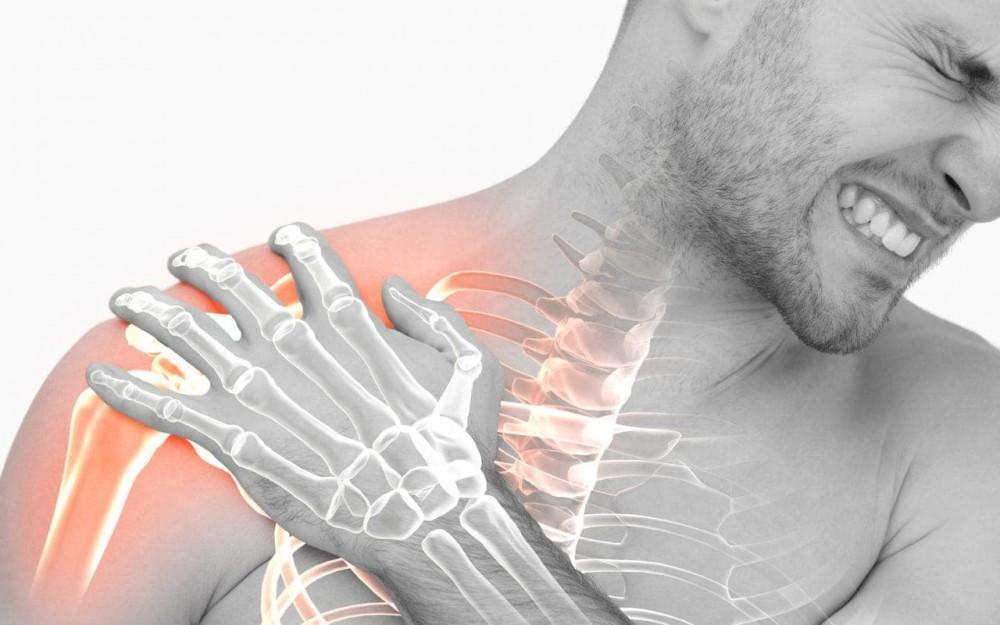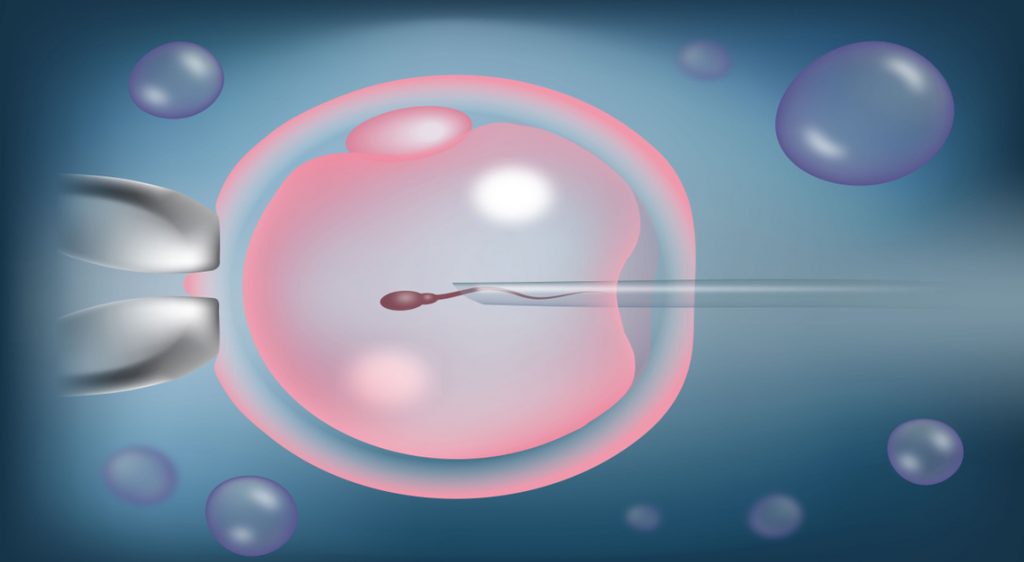Short facts regarding Erectile dysfunction (aka ED)
- Erectile dysfunction affects 100 million males globally.
- The digit of males impacted by erectile dysfunction is selected to fold by the year 2025.
- Erectile dysfunction (ED) has a significant effect on the rate of life and is a highly available and untreated illness.
- Erectile dysfunction is more familiar among males aged 60 and older, but it can occur in males of any age.
- Erectile dysfunction (ED) affects your partner too.
- Tight clothing does not induce erectile dysfunction. For decades, there has destroyed a tale that wearing tight undergarments, jeans, or other smug garments could cause erectile dysfunction.
- Some cases of erectile dysfunction (ED) are psychological.
- Erectile dysfunction (ED) can be a discreet sign of upcoming heart illness, early demise and high blood pressure.
What is Erectile dysfunction?
Erectile dysfunction (ED) represents the resumed inability to achieve and keep an erection adequate to allow adequate sexual execution. Erectile dysfunction has a substantial effect on the material and psychological wellness of men worldwide and can also affect the rate of life of both the sufferers and their partners.
Penile erection is a complex phenomenon which involves a delicate and communal harmony between neurological, vascular and tissue boxes. This has arterial dilation, ease of the trabecular soft power, and activation of the human VENO-occlusive device.
The multiple shared danger factors for erectile dysfunction have cardiovascular illness, hypertension, diabetes mellitus, hyperlipidaemia, hypogonadism, lower urinary tract symptoms, and smoking.
Erectile dysfunction symptoms may appear to most men as transient, but in fact, the symptomatology is endless. It can cause a lot of negativity if not treated.
Experts in sexual medicine report the fact that most issues that encounter erectile dysfunction (ED) don’t realise the extent of the condition and tend to forget it.
The standards of penile erection
Penile erection is a spinal reflex that is initiated by autonomic and physical penile afferents and by supraspinal influences from visual, olfactory, and imaginary incentives. There are many major transmitters curious about erectile strength, some of them with a facilitatory function and others with an inhibitory role.
The main transmitters with a facilitatory role in the penile erection are:
- acetylcholine,
- nitric oxide
- dopamine
- peptides, like oxytocin and adrenocorticotropin/Alpha-Melanocyte-stimulating hormone.
The degree of reduction of the soft muscle cells in the corpus cavernosal is defined by the ratio between renting and relaxant characteristics. Noradrenaline arrangements both soft muscles of the corpus cavernosum and penile vessels via the stimulation of Alpha1-adrenoceptors, while nitric oxide is considered the most significant element for ease of penile vessels and corpus cavernosum.
Nitric oxide is removed during sexual stimulation. It activates the enzyme called guanylate cyclase, resulting in an improved level of cyclic guanosine monophosphate (cGMP) in the corpus cavernosum. This, in turn, results in smooth muscle relaxation, allowing an improved inflow of blood into the penis. The type of cyclic guanosine monophosphate is controlled by the speed of synthesis via guanylate cyclase and by the rate of degradation via cyclic guanosine monophosphate hydrolysing phosphodiesterase.













